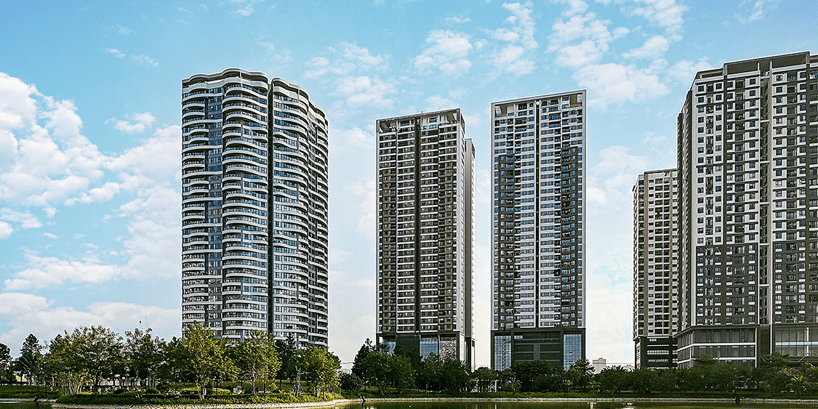
What are today’s trends in professional liability claims against architects, engineers and other design firms? There are a variety of claims that can occur and design professionals need to watch out for. One of them is residential claims.
Here's what you need to watch out for and understand how to protect yourself from these claims:
Residential Claims
Insurers are reporting an uptick in residential claims throughout the U.S. and Canada. This rise in claims is largely due to an increase in residential construction spurred by a healthy economy and a shortage of affordable housing.
Condos and townhomes (the most common forms of affordable housing) are experiencing more prevalent claims than previously. Claims on generic condos and townhomes are the same construction defect and alleged design defect claims insurers are used to seeing. Insurers report that apartment project claims are also increasing in frequency as well as severity.
Insurers also say that designers who report on their applications that they are doing a low percentage of apartment projects are experiencing a higher percentage of claims. It makes sense that those designers who are moving into the booming residential market with little history there would be at a higher risk of claims than those highly experienced in such work.
Because of better profit margins for developers, high-end residential activity in subdivisions and single-family homes are also on the rise. In these higher-end homes, claims are often related to construction delays (or perceived delays), and cost and budget overruns.
How to Mitigate Residential Claims:
Documentation is the key to avoiding (and mitigating) both affordable housing and high-end residential claims. In both markets, it is extremely important that the design professional be very clear, in a written contract, about the scope of work for the project, including what services are excluded from that scope.
Having a good contract with a tight, well-written scope of services has helped design professionals get out of claims or at least reduce their liability. Especially on high-end subdivisions and single-family homes, managing owner expectations and promoting clear owner/designer/contractor communication are additional keys to reducing claims.
It’s important that there is a real “meeting of the mind” as to how much design and construction are likely to cost. It is equally important to document in writing any changes made (by the owner, usually) to design or construction that will increase that total price as the project progresses.
Red Flags:
Somewhat unique to residential projects, there is an uptick in claims rooted in a design firm’s inability to get paid per contract terms. Insurers are hearing from design professionals looking for help in terminating their roles on projects because of a lack of timely payment by owners.
It’s a red flag if the owner stops paying someone – whether the design professional or the contractor. Design firms need to keep a very close eye on how, when, and by whom they are getting paid. They should also keep track as to whether other parties to the project are getting paid. Early intervention on payment issues can help avoid a claim later on.
Find out more:
Download our free guidebook “Watch for These Seven Claim Trends” to learn more about how you can protect your business from claims and losses:




